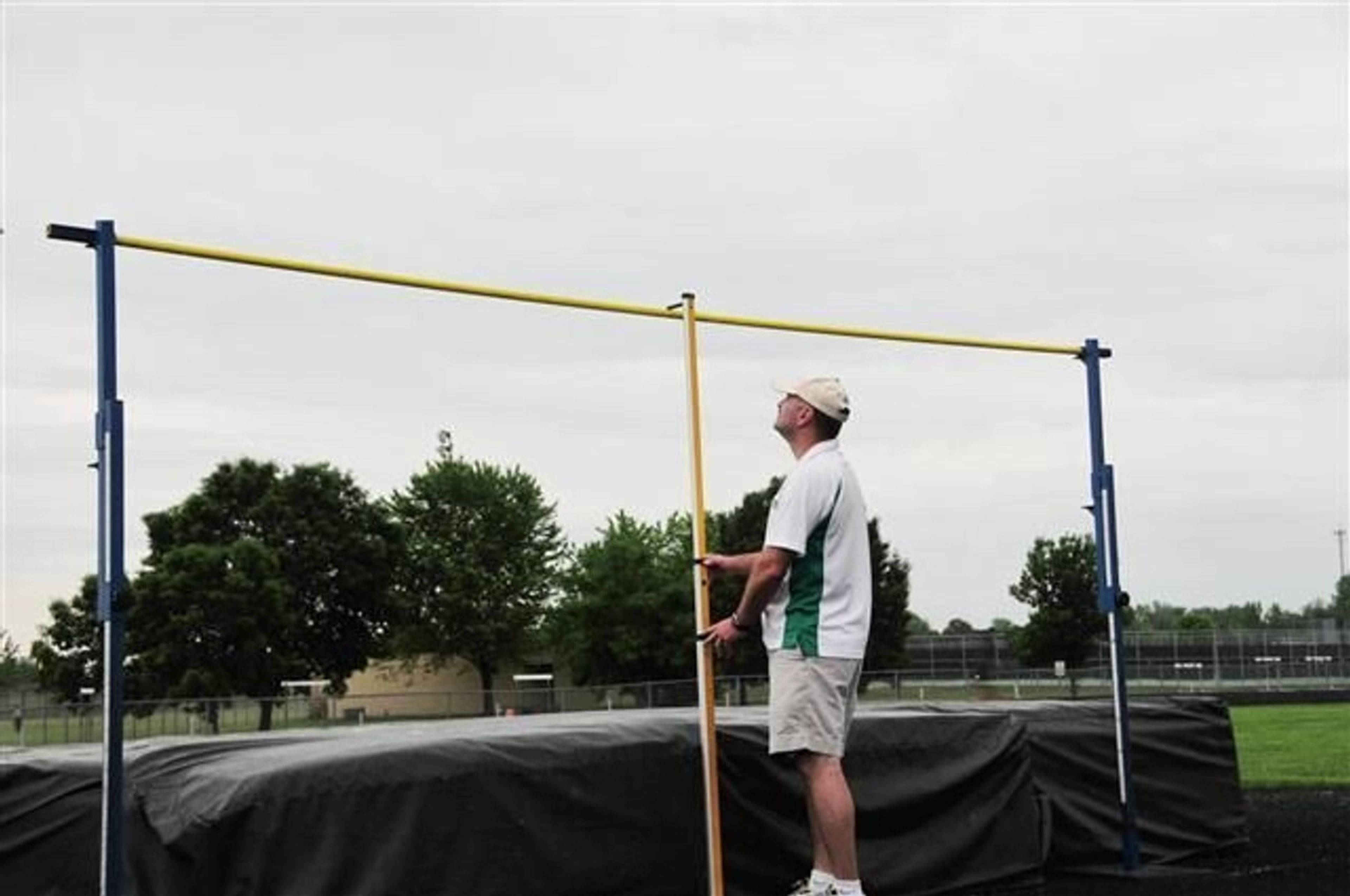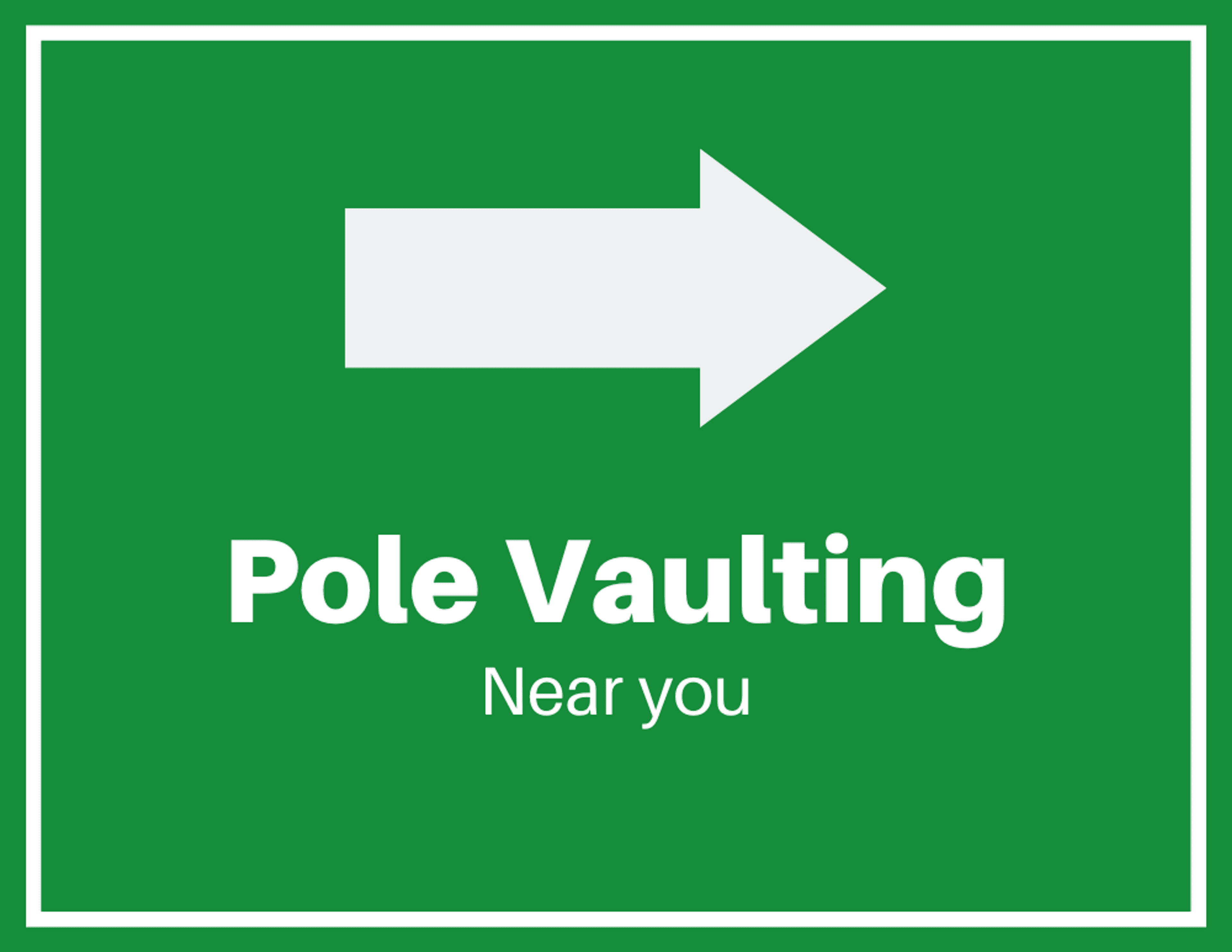M to Ft: The Ultimate Guide
Understand meters to feet for track & field with our ultimate guide. Learn to effortlessly convert meters to feet and inches.
If you’ve ever attended a track and field meet, particularly a pole vault competition, you may have noticed numbers on the performance board that seem mysterious if you’re not familiar with the metric system. Whether you’re an athlete, coach, or spectator, understanding these measurements can enhance your experience and make you a more knowledgeable participant or fan.
The meter is the SI base unit for length in the metric system, and it plays a significant role in measurements worldwide. This guide will equip you with everything you need to know about converting metric measurements to feet and inches, with a special focus on the pole vault. By the end, you’ll be able to confidently interpret the heights, distances, and other metrics used in track and field events.
Understanding Meter and Foot Units
The meter and foot are two fundamental units of measurement used to express length or distance. Understanding the relationship between these units is essential for accurate conversions and calculations.
1 Meter to Feet
One meter equals approximately 3 feet and 3 inches. Using the conversion factor of 3.28084, 1 meter is approximately 3 feet and 3 inches. This conversion is essential when transitioning from the metric to imperial system in various fields.
3 Meters to Feet
To convert meters to feet, multiply 3 meters by the conversion factor of 3.28084 to get approximately 9 feet and 10 inches. This is frequently used in measurements where both systems intersect.
10 Feet to Meters
10 feet equals 3.05 meters. To convert from feet to meters, you multiply by 0.3048, giving an accurate result often utilized in engineering and scientific fields.
Meters to Feet Calculator
A meters to feet calculator automatically converts any given value in meters to feet and inches. The calculator provides the feet value by multiplying the given meter value by the conversion factor. For example, inputting 5 meters would yield approximately 16’ 5”, using the 3.28084 conversion factor for feet per meter. This tool is invaluable for ensuring accuracy in quick conversions.
Why the Metric System?
The metric system is the international standard for track and field measurements. Here’s why:
Global Standardization: The metric system ensures consistency in measurements worldwide. The metric system is part of the International System of Units (SI), which is widely adopted globally.
Precision: The system is based on multiples of ten, making calculations and conversions straightforward and precise.
Universality: As the global standard, understanding metric measurements is essential for anyone involved in track and field, from athletes to spectators.
Common Metric Conversions in Track and Field
Meters to Feet Heights (Pole Vault, High Jump):
Measured in: Meters (m) and centimeters (cm).
Length measurements in track and field are often expressed in meters and centimeters.
Conversion to Feet and Inches:
1 meter = 3.28084 feet (approximately 3 feet 3.37 inches).
1 centimeter = 0.393701 inches.
Meters to Feet Distances (Long Jump, Shot Put, Track Races):
Measured in: Meters (m) and kilometers (km).
Conversion to Feet and Inches:
1 meter = 3.28084 feet.
1 kilometer = 0.621371 miles.
Kilograms to Pounds Weights (Shot Put, Hammer Throw):
Measured in: Kilograms (kg).
Conversion to Pounds:
1 kilogram = 2.20462 pounds.
Meters to Feet for Pole Vault
Understanding the Performance Board
At most pole vault competitions, the height of the bar is displayed in meters. These numbers might appear like this: 4.20m, 4.2m, 4.2, or 4.20. While high school meets in the U.S. often display heights in feet and inches, college and professional meets use the metric system almost exclusively.
To convert the given meter value displayed on the board to feet, you multiply it by the conversion factor of 3.28084.
Here’s how you can make sense of these numbers:
Men’s Benchmark: 5.00 meters ≈ 16 feet 5 inches (16’5”).
Women’s Benchmark: 4.00 meters ≈ 13 feet 1.5 inches (13’1.5”).
To convert meters to feet, you multiply the meter value by the conversion factor of 3.28084.
By memorizing these two benchmarks, you can easily estimate the bar’s height in feet and inches.
Simple Conversion Techniques:
Every 30 cm (0.30m) ≈ 1 foot.
These techniques help you quickly determine how many feet are in a given number of meters.
Example: If the board reads 4.30m, start from 4.00m (13’1.5”) and add 1 foot for the extra 0.30 meters. The height is about 14’1.5”.
Every 15 cm (0.15m) ≈ 6 inches.
Example: If the board reads 5.15m, start from 5.00m (16’5”) and add 6 inches for the extra 0.15 meters. The height is about 16’11”.
Every 10 cm (0.10m) ≈ 4 inches.
Example: If the board reads 4.10m, start from 4.00m (13’1.5”) and add 4 inches for the extra 0.10 meters. The height is about 13’5.5”.
These approximations are close enough for practical purposes and will help you estimate the height within an inch.
Adjustments During Competitions:
In high school meets, the bar usually goes up by 6 inches at a time. As the competition progresses and fewer competitors remain, the increments may decrease to 3 inches.
In college and professional meets, the progression typically follows these increments:
15 cm: Early heights to eliminate competitors.
10 cm: Mid-range heights when competition intensifies.
5 cm: Final heights when only a few competitors remain.
1 or 2 cm: For record attempts or personal bests, the bar may be moved by smaller increments.
Practical Tools for Conversion
While the above methods provide quick estimates, there are also digital tools to help with exact conversions:
Smartphone Apps: There are many apps available for instant conversion between metric and imperial units. These tools help you convert meter values to feet quickly and accurately.
Conversion Tables: Keep a simple table with common conversions on hand.
Memory Tricks: Remembering that 1 meter ≈ 3 feet 3 inches can simplify quick mental math.
Real-Life Application and Mastery
Understanding the metric system in track and field goes beyond just knowing the numbers. It’s about enhancing your overall experience and making the sport more accessible. By mastering these conversions, you’ll impress coaches, understand competitions better, and enjoy the sport on a new level. Mastering the conversion between meters and feet is essential for accurately measuring length in various track and field events.
Whether you’re filling out a recruiting questionnaire, coaching, or simply watching a meet, knowing how to interpret the height on the performance board will make you more informed and engaged.
In Summary
By now, you should have a solid understanding of how to convert metric measurements to feet and inches, particularly in the pole vault. The next time you're at a meet, you'll be able to quickly estimate how high the bar is set and impress those around you with your knowledge. Keep practicing these conversions, and soon they'll become second nature.
Stay tuned for more tips and insights to help you master the pole vault and other track and field events!









